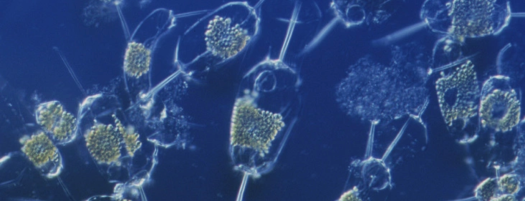My dog and I engage in a lot of signaling. But it is not always deliberate, and it is not always conscious, and it is not always a two-way process.
In the morning, Otto licks my bald head. He can probably smell what I have been dreaming. I hold him and we have a nice cuddle. Just one of our many routines. He looks at me and I look at him. He is always checking me out. In the process of getting to know each other over several years we have come to read each other’s signals – our body language, interactions, responses, vocalizations…and smells.
image from http://projectdolittle.com/
Semiosis emerges in the process. If there is a coupling of signals – a mutually-reinforcing signaling loop – two-way communication emerges. It is not always conscious – for either of us. Sometimes, a mutually-reinforcing signaling process which I was previously unaware of becomes apparent to me. When this happens, I become an active agent in that semiosis.
Otto is so intensely attentive to me – my routines (and deviations from them). He probably tunes-in to many more of my signals than I do to his. But then again, I am a human: I generate a lot of signal. Does he see this as “communication?” It is not clear: his brain is a dog brain, and mine is a human brain. We don’t share the same word for this experience (he only knows a few English words, and “communication” isn’t one of them).
I can be sure of one thing: we share a lot of signaling. And, as members of two highly-social species, we both like that.

I would conclude from this that communication among organisms in general (the biosemiosis that has emerged on Earth over the last few billion years) came about pretty much the same way that Otto and I established our own little world of emergent semiosis. As life evolved, trillions of coupled signaling channels reinforced each other over time and became more elaborate. Eventually, this signaling became conscious and intentional.
And so here we are: human communication has reached a level of sophistication such that I can type these words – and you can read them. And we can share the experience – across time and space.






